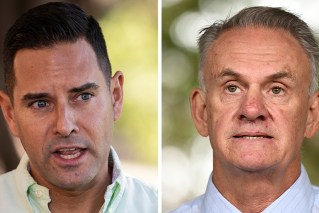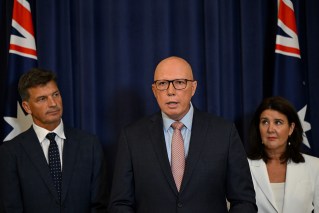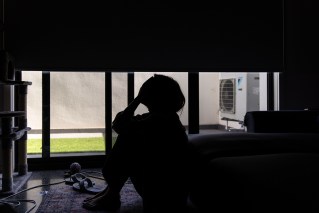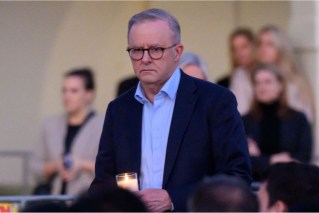Parliament’s size could rise to stop democratic decline

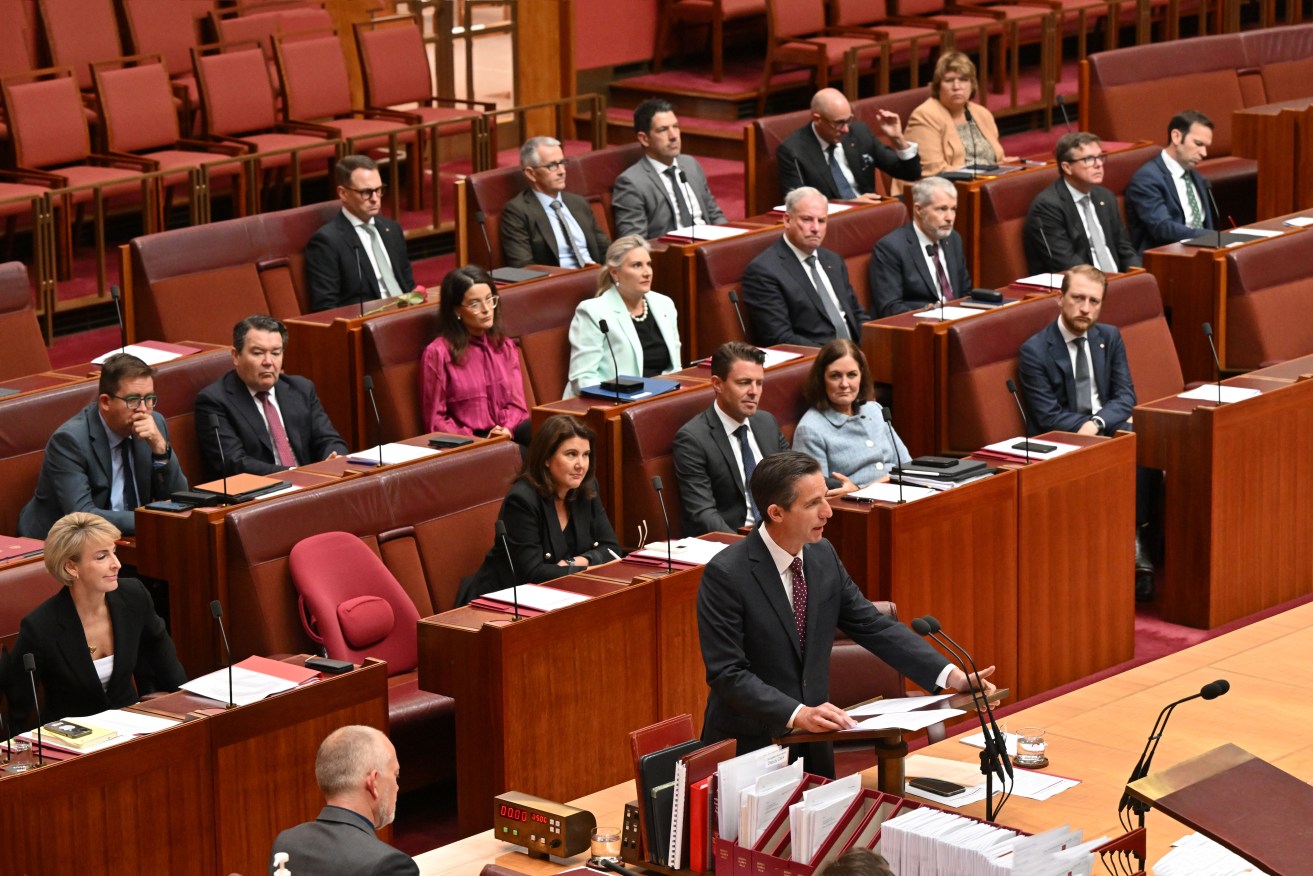
Photo: AAP
It’s a bold proposal for a country famous for disliking its elected representatives: Should Australia have more members of Parliament?
A report published on Monday by the Joint Standing Committee on Electoral Matters makes the case for increasing both MPs and senators, while raising questions about whether those currently in office can adequately represent their constituents.
The report specifically recommends increasing senators in the territories, but also makes a general recommendation for increasing political representatives across the board.
Each MP represents an average of nearly 115,000 voters, or a much larger constituency than comparable countries, the report notes.
In the United Kingdom MPs represent an average of 72,423 people, in Canada 80,985, and New Zealand 29,580.
Nor has the size of Parliament kept up with Australia’s population.
At the time of federation, MPs represented 12,000 electors each.
A few years before the opening of a new and vastly expanded Parliament House in 1988 the average had nudged above 65,000.
But much of the new building’s floor space has lain unused.
Election expert Ben Raue told the committee it had been four decades since the size of the Parliament had increased, in which time the size of MPs’ electorates had grown 74 per cent.
That raises concerns about the quality of political representation, the committee found.
Loss of faith
Only 15 per cent of voters reported having had direct contact with their MPs, either in person or on the phone, a recent survey found.
The expansion has also continued at a time public faith in political representation is collapsing.
A separate study by the Australian National University at the last election found that the proportion of Australians who believed people in government can be trusted had fallen to 30 per cent.
The balance of representation is also uneven between states, the report finds.
South Australian Lower House MPs represent an average of more than 127,000 voters each.
In Tasmania, it’s a little more than 80,000.
One option, for only a modest Lower House expansion proposed by Dr Damon Muller, would have the number of seats increase from 151 seats to 174, bringing the average number of electors in each to 103,000.
But the Senate faces its own distinct problems of representation.
The committee has recommended doubling the number of senators for the ACT and Northern Territory from two to four.
Senate was designed to be unequal
But opponents argue the Upper House is unequal by design: Smaller states were promised the same number of representatives as larger states under a deal designed to entice them to join the Commonwealth.
The NT would likely simply double its existing contingent of one Labor and one Country Liberal senator.
But independent polling expert Kevin Bonham said a doubling of the ACT numbers might favour the left.
The committee’s chair Kate Thwaites said increasing the representation of the territories was overdue.
“It’s clear both (territories) are very different from what they were when the representation for the original states was put into our Constitution at Federation,” she said.
“They are still very different from when they were granted territory representation in 1973.”
But one potential obstacle to reform dates back even longer.
Historian John Hirst once described a contempt for MPs drawing salaries from the public purse (alongside a curious obedience to the laws they pass) as a distinctive trait of Australian democracy.

